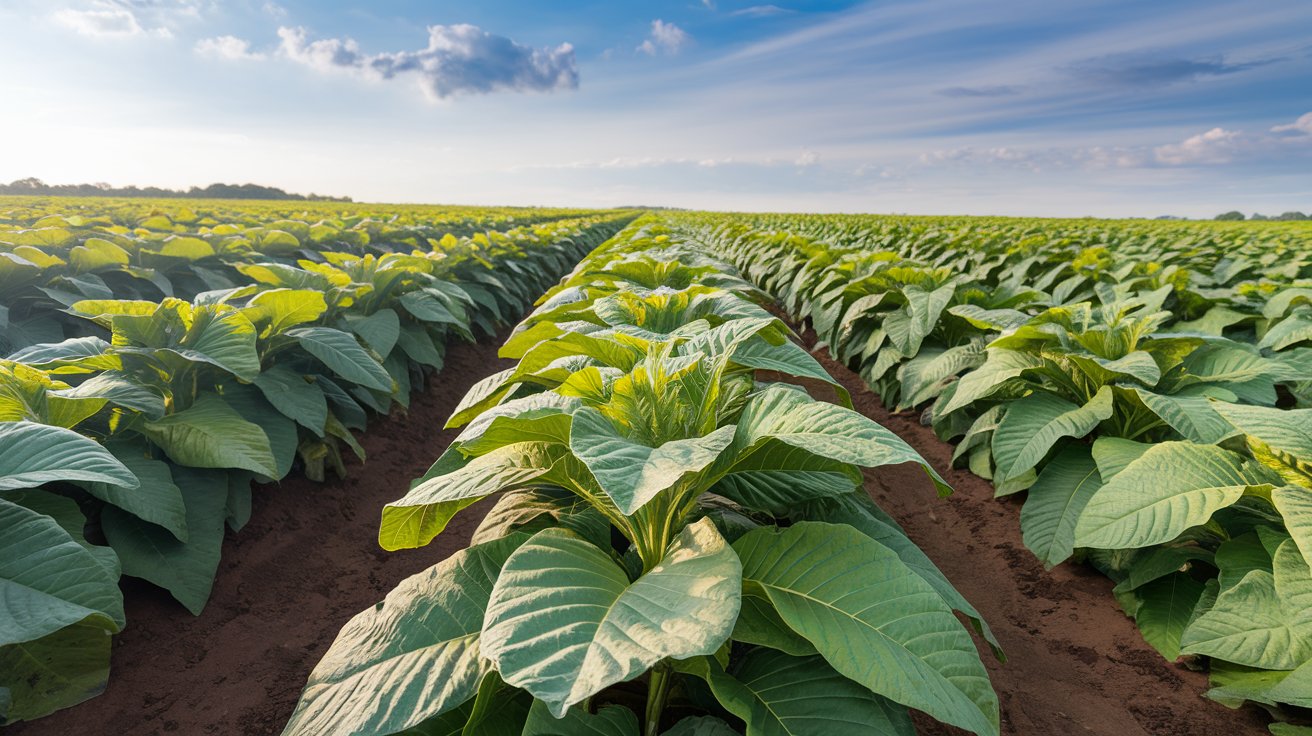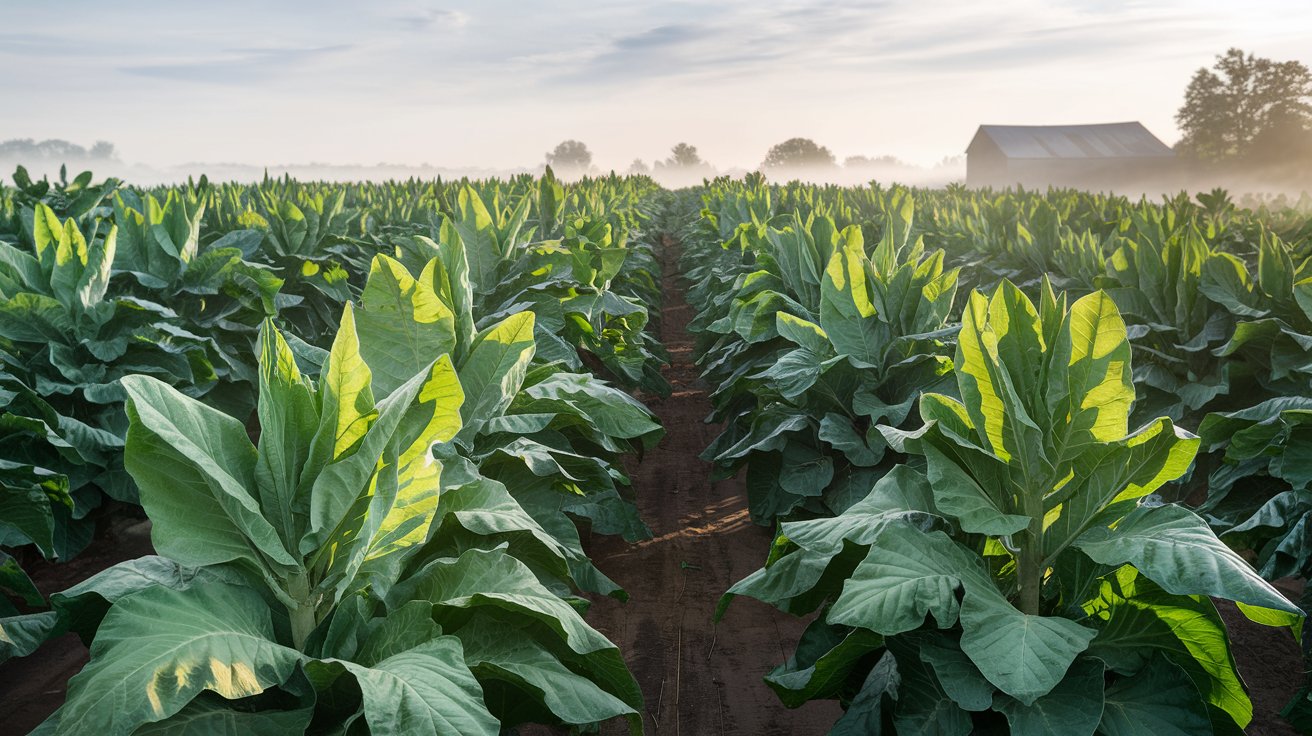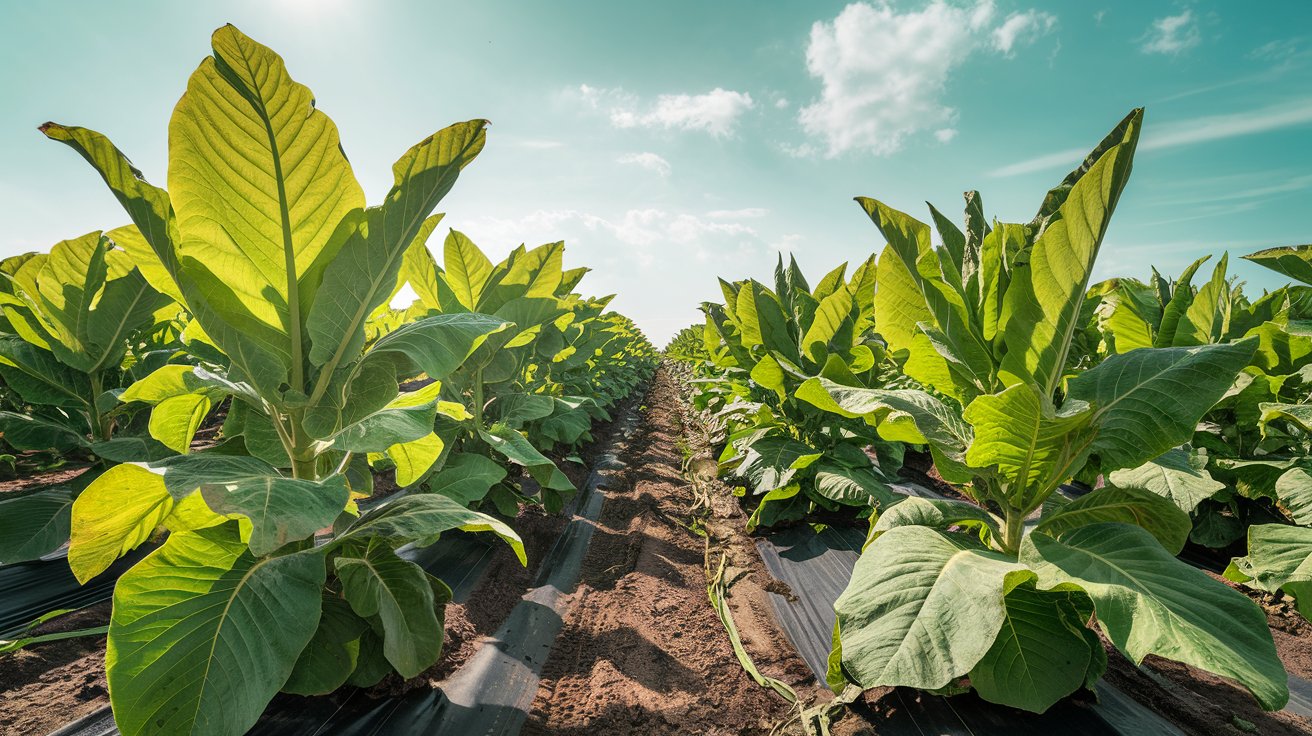What is Oriental Tobacco Leaf?
Oriental tobacco is one of the main types of tobacco, primarily cultivated in the Middle East as well as in parts of Central and South Asia. The term “Oriental” refers to the geographic region traditionally known as the “East” or “Middle East,” and this type of tobacco is often referred to as Middle Eastern tobacco.
Oriental tobacco has distinct characteristics rooted in its regional origin. The leaves are typically light-colored and glossy, possessing a subtle and balanced aroma. Compared to other types of tobacco, Oriental tobacco contains the least amount of sugar and is also lower in nicotine and other chemical compounds. As a result, cigarettes made from Oriental tobacco tend to have a milder flavor and a more refined scent.
This type of tobacco plays a crucial role in the blending of specialty cigarettes. It is often mixed with other varieties like Virginia or Burley tobacco to create a specific taste and aromatic profile. Due to its unique properties and the geographical limitations of its cultivation, Oriental tobacco is considered a premium and high-value product.
Oriental tobacco has a long-standing history in the Middle East, with its primary production centers located in countries such as Turkey, Greece, Bulgaria, Iran, Lebanon, and Syria. The environmental conditions of these regions—including climate, soil, and specialized cultivation techniques—contribute to the tobacco’s unique quality.
Recognized for its excellence, Oriental tobacco is widely used in the manufacturing of cigarettes and various other tobacco products. In Turkey, for example, it is used in the production of traditionally known cigarettes referred to as “Old” or “Tobacco-style” cigarettes.
Oriental tobacco is also prominent in the pipe and smoking tobacco industries. Its particular qualities make it an attractive option for connoisseurs seeking a distinctive and aromatic smoking experience.
Recent developments in the Oriental tobacco industry include efforts to improve cultivation methods, harvesting techniques, and post-harvest processing. These efforts aim to optimize water use, enhance the genetic performance of the plants, and increase production efficiency. Research is also ongoing into innovative methods of drying and processing the leaves to preserve the tobacco’s quality and deliver a consistent and authentic flavor profile.
In summary, Oriental tobacco remains an essential and valuable component in the tobacco industry. Its unique flavor and aromatic qualities continue to be of significant interest to manufacturers and tobacco enthusiasts alike.
Recent Developments in Oriental Tobacco Production
In recent years, the Oriental tobacco industry has undergone various transformations influenced by multiple factors. Some of the key developments include:
-
Water Resource Management: Due to water scarcity and irrigation challenges in tobacco-producing regions, efforts have been made to implement sustainable water management systems, reduce water usage, and introduce drip irrigation techniques.
-
Crop Diversification: To enhance the quality and flavor of Oriental tobacco and combat pests and plant diseases, efforts are being made to breed and select more resistant and higher-yielding strains.
-
Technological Advancements: Modern technology has been increasingly utilized in the cultivation, harvesting, drying, and processing of Oriental tobacco. These include advanced machinery, improved drying methods, better process control, and optimized packaging.
-
Environmental Sustainability: Initiatives are being taken to minimize the environmental impact of tobacco production, including reducing water and energy consumption, optimizing land use, and implementing eco-friendly production practices.
-
Shifts in Consumer Habits: Changing attitudes toward tobacco use and the increasing regulation of smoking in some areas have led to a decline in tobacco consumption, influencing the industry and Oriental tobacco production as a whole.
The Oriental tobacco industry continues to evolve, with ongoing efforts to improve quality, manage resources more efficiently, and adapt to market changes and consumer demands to ensure a more sustainable future.
Stages of Cultivation and Growing Oriental Tobacco
Cultivating Oriental tobacco involves several stages, which can be summarized as follows:
-
Land Preparation: The land must be fertile and suitable for tobacco cultivation. Prior to planting, the soil is prepared to ensure optimal growing conditions.
-
Seed Planting: Oriental tobacco seeds are sown, typically in the spring. Seeds are planted at a specific depth and then covered with soil.
-
Growth and Irrigation: As the seeds germinate and grow, they require proper irrigation and care. Adequate sunlight, water, and nutrients are essential for healthy plant development.
-
Leaf Harvesting: The tobacco leaves are harvested gradually as they mature. The process is carried out with precision to minimize damage to the plant.
-
Leaf Drying: Freshly harvested leaves are dried to make them suitable for tobacco production. This step is crucial in preserving the natural qualities of the tobacco and is usually carried out using dry, warm air.
-
Processing and Packaging: Once dried, the leaves undergo initial processing, which includes removing stems, cleaning, and sorting. The processed leaves are then packaged for distribution and use.
These stages represent a general framework for growing Oriental tobacco, though specific techniques and methods may vary depending on environmental conditions and the expertise of local farmers.
How is Oriental Tobacco Dried?
After harvesting, Oriental tobacco leaves must be dried before they can be used in cigarette or pipe tobacco production. The drying process typically includes the following steps:
-
Leaf Preparation: After harvest, the leaves are separated from flowers and stems. Damaged or unhealthy leaves are discarded to ensure quality.
-
Hanging the Leaves: Prepared leaves are hung in bundles using strings or wires, usually suspended from the ceilings or walls of barns or specialized drying areas.
-
Drying Environment: The leaves are air-cured in a dry, well-ventilated environment. Oriental tobacco requires slow, natural drying, often in regions with moderate humidity, which helps retain its aromatic properties.
-
Moisture Monitoring: Throughout the drying process, moisture levels are monitored using specific tools. Adjustments may be made to ensure that the leaves dry evenly and reach the ideal moisture content.
Basma Tobacco vs. Oriental Tobacco
While often related, “Basma” and “Oriental” refer to distinct types of tobacco with different characteristics:
-
Basma Tobacco: Originating from the Basma region in northern Greece, Basma tobacco is a specific variety of Oriental tobacco known for its small, aromatic leaves. It is considered one of the most valuable components in premium cigarette blends.
-
Oriental Tobacco: A broader category that includes Basma among other regional varieties, Oriental tobacco is grown throughout the Middle East and parts of Europe and Asia. It is characterized by its aromatic, low-nicotine, and light-leaf profile.








